Gallery
Photos from events, contest for the best costume, videos from master classes.
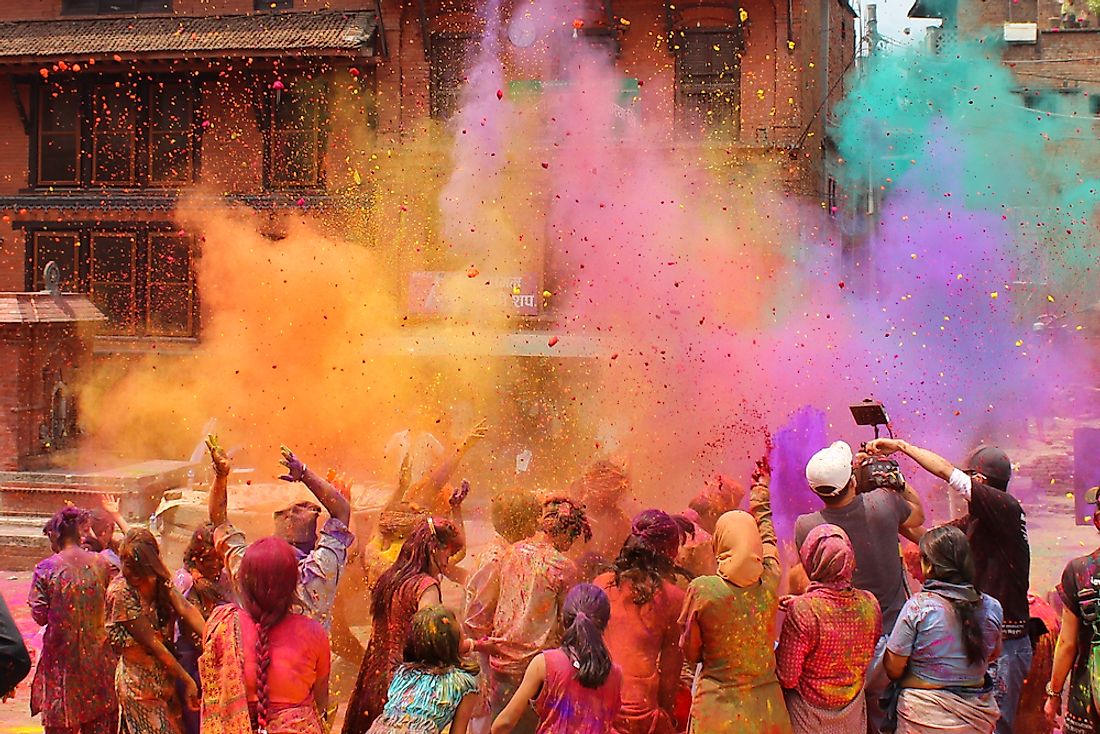 | 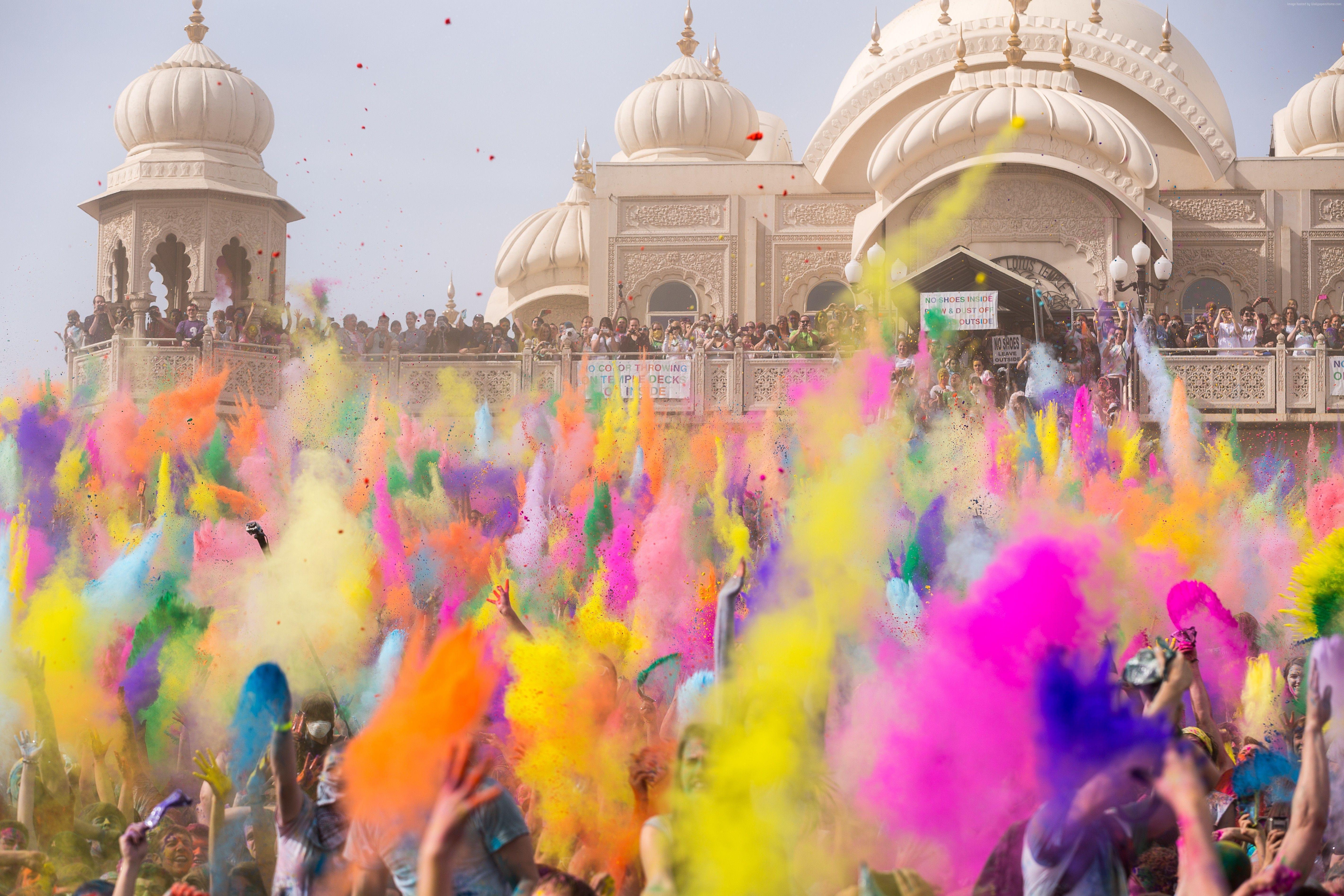 |
 |  |
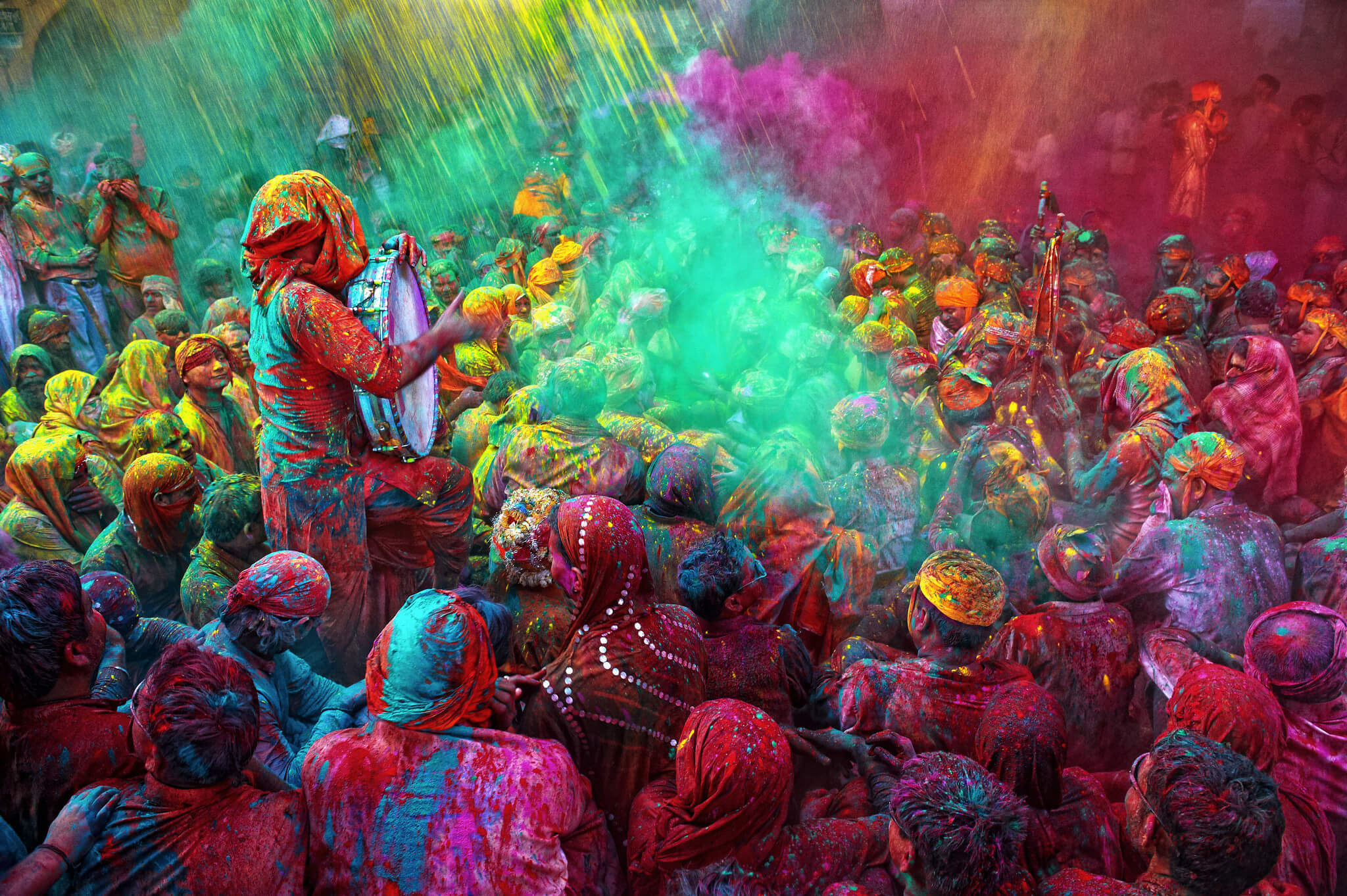 | 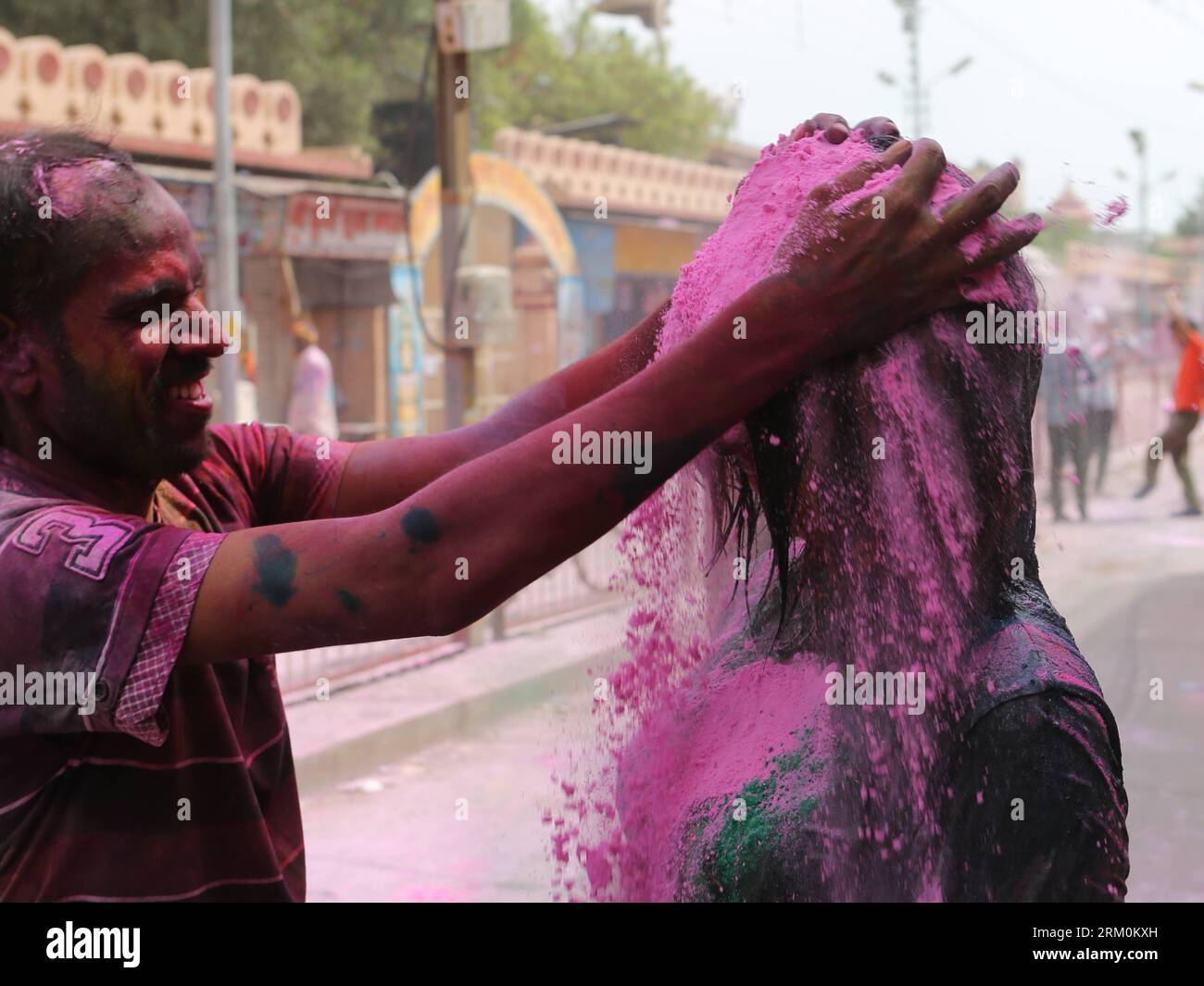 |
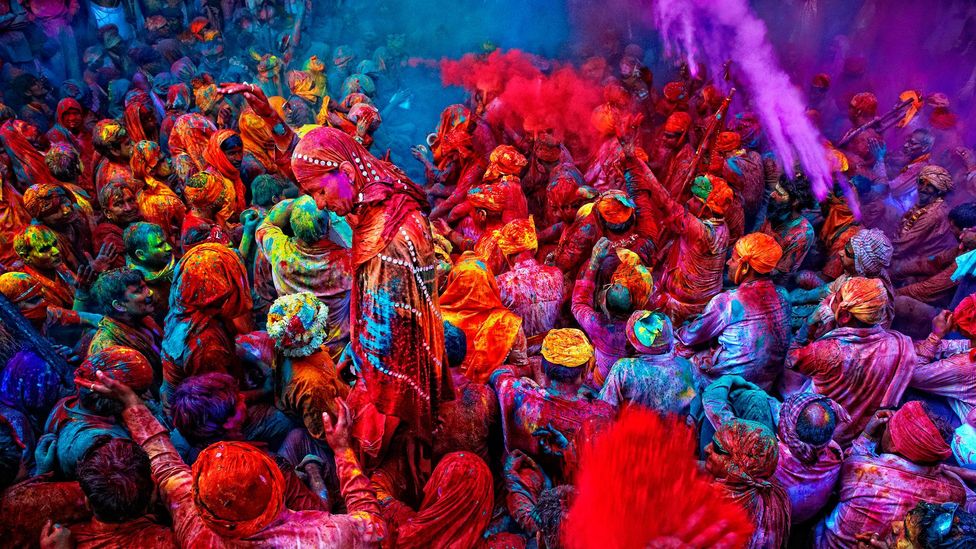 |  |
 |  |
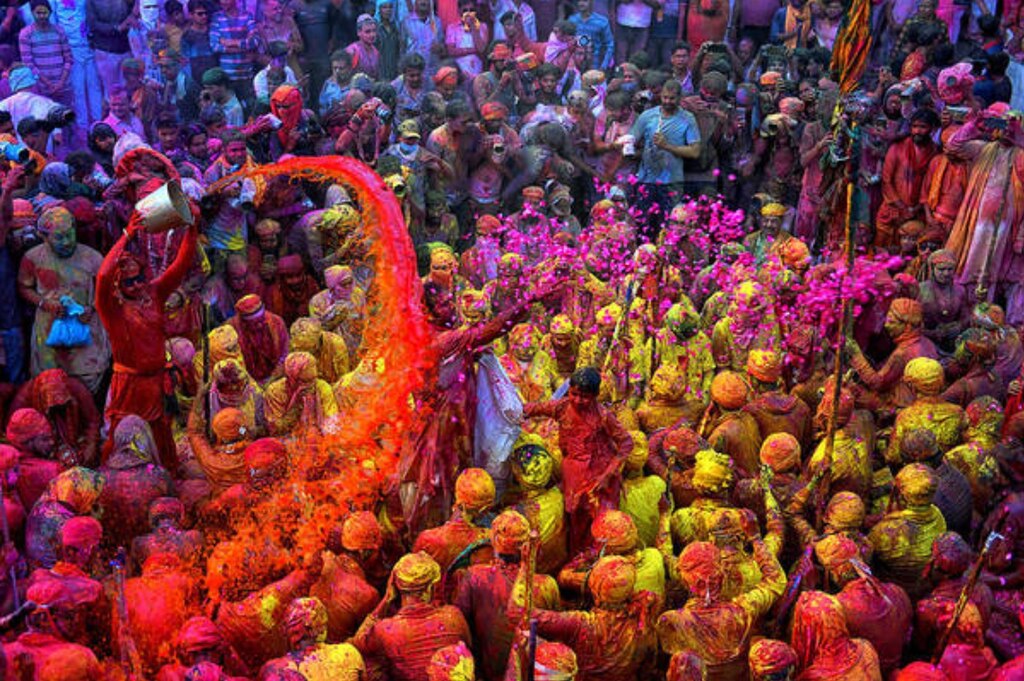 |  |
Eine kaleidoskopisch bunte Wolke schwebt jedes Jahr über ganz Indien, wenn Feiernde den Frühlingsbeginn zelebrieren, indem sie farbiges Pulver werfen, Wasser versprühen und zu Tausenden durch die Straßen ziehen. Holi mag traditionell ein Hindu-Fest sein, aber während dieser bunten Feierlichkeiten sind alle gleich. VI. Symbolism of Colors in Holi A. Meaning behind different colors used during the festival. Colors play a vital role in Holi, each carrying its own significance: Red: Symbolizes love and passion. Yellow: Represents brightness and energy. Green: Signifies growth and harmony. Blue: Associated with Lord Krishna and symbolizes divinity. B. Holi, often called the "festival of colors," is a vibrant and joyful Hindu celebration that marks spring’s arrival, the triumph of good over evil, and the legendary love between Radha and Krishna. A feast of colours, an array of food and drinks, and merriment, mark this vibrant and colourful festival. Holi also heralds the arrival of spring and the end of winter. The uninhibited use of colours, and the spirit of fun and mischievousness, is said to be inspired by the legend of Lord Krishna’s games with his consort Radha and the Gopis. Holi (IPA: ['hoːli:, hoːɭiː]) is a major Hindu festival celebrated as the Festival of Colours, Love, and Spring. [1] [7] [8] [9] It celebrates the eternal and divine love of the deities Radha and Krishna. [10] [11] Additionally, the day signifies the triumph of good over evil, [12] [13] as it commemorates the victory of Vishnu as Narasimha Holi, widely known as the Hindu festival of colors, is a joyful annual celebration at the advent of spring with cultural and religious significance. Typically observed in March in India, Nepal, oth Known as the festival of colors, Holi is celebrated on the last full moon in the lunar month of Phalguna—this usually occurs in March. This ancient tradition marks the end of winter and honors the triumph of good over evil. The night before Holi, people light bonfires to say goodbye to winter. They gather at temples to sing and dance to music. This playful gesture became an expression of love and unity, and today Holi is widely celebrated as a festival of joy, romance and togetherness. The meaning behind Holi’s colours. The festival is best known for its vibrant colours, which hold deeper meanings rooted in tradition and symbolism. Each colour represents a different emotion and Holi is celebrated on the full moon day (Purnima) in Falgun (February/March), marking the end of winter. The festival lasts for a day in most regions but can extend to two days in the Terai region of Nepal. Significance. The festival of colours goes beyond just the mythological aspect; it also signifies spring’s arrival and nature’s renewal. Holi, the Festival of Colors, is a vibrant celebration of love, unity, and renewal. Marking the arrival of spring, it symbolizes the triumph of good over evil. People come together to play with colors, enjoy festive foods, and embrace joy, forgiveness, and togetherness. Obwohl Holi im gesamten Indien gefeiert wird, gibt es regionale Unterschiede in den Feierlichkeiten. In der Region Braj in Uttar Pradesh, der Heimat von Lord Krishna, dauert das Holi-Fest bis zu 16 Tage. In der Stadt Barsana gibt es das berühmte „Lathmar Holi“, bei dem Frauen Männer Hier werden all deine Fragen zum Holi Flash Festival beantwortet! Egal, ob du zum ersten Mal dabei bist oder schon öfter teilgenommen hast, wir haben eine Liste häufig gestellter Fragen zusammengestellt, um dir die Vorbereitung auf ein farbenfrohes Erlebnis zu erleichtern. Holi wird in den Dörfern rund um Mathura, dem Geburtsort Krishnas, mit Eklat gefeiert. Holi als Fest scheint mehrere Jahrhunderte vor Christus begonnen zu haben, wie aus seinen Erwähnungen in den religiösen Werken von Jaiminis Purvamimamsa-Sutras und Kathaka-Grhya-Sutra geschlossen werden kann. Holi in Tempelskulpturen Das indische Frühlingsfest findet jedes Jahr am ersten Vollmondtag des Monats Phalgun (entspricht im Mondkalender etwa Februar/März) statt. Je nach Region dauert das Fest 2 bis 10 Tage. Es gilt als eines der ältesten Feste Indiens und wird vor allem in Nordindien und Nepal unter dem Namen "Holi" gefeiert. Das farbenfrohe Frühlingsfest Holi gehört zu den wichtigsten Feierlichkeiten Indiens. Es markiert den Sieg des Frühlings über den Winter. Von 12-21 Uhr feiern wir mit dir zusammen wieder das Holi Festival of Colours. Unsere nationalen und internationalen DJs heizen die Menge mit Elektro, Minimal und House auf. Stündlich werfen wir zusammen in einem “Big Throw” das Pulver in die Luft und kreieren so ein unvergessliches Bild in den Farben des Regenbogens. Holi ist das hinduistische Frühlingsfest und wird jedes Jahr am letzten Vollmondtag des Monats Phalguna zwischen Ende Februar und Mitte März gefeiert. Das Fest der Farben hat seine Wurzeln in Indien und Nepal und erstreckt sich in der Regel über zwei Tage. In einigen Gegenden Indiens feiert man das Holi Fest auch bis zu zehn Tage lang. Die drei Berliner Jasper Hellmann, Max Riedel und Maxim Derenko etablierten die bunten Holi Festivals Of Colours im vergangenen Jahr erstmals in Deutschland. Inzwischen haben die drei Holi-Entdecker die Holi Concept GmbH gegründet, ihre Holi Festivals Of Colours europaweit als Marke angemeldet und organisieren in 5. Holi-Lieder. Musik, darunter Volkslieder und Bollywood-Hits, ist ein fester Bestandteil des Holi-Festes. Dort, wo sich die feiernden Menschen versammeln, sind oft Lautsprecher aufgestellt, aus Holi (होली) ist ein Frühlingsfest, das auch als Fest der Farben oder Fest der Liebe bekannt ist. Es ist ein altes hinduistisches religiöses Fest, das bei Nicht-Hindus in vielen Teilen Südasiens sowie bei Menschen anderer Gemeinschaften außerhalb Asiens beliebt geworden ist.
Articles and news, personal stories, interviews with experts.
Photos from events, contest for the best costume, videos from master classes.
 |  |
 |  |
 |  |
 |  |
 |  |
 |  |